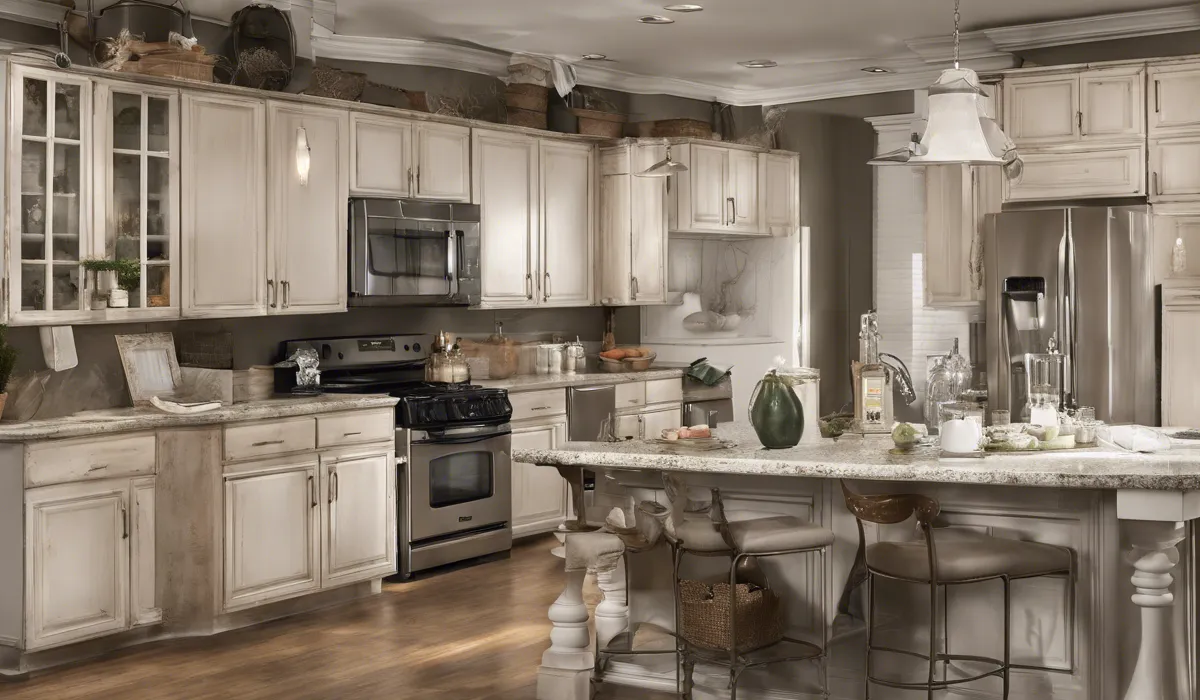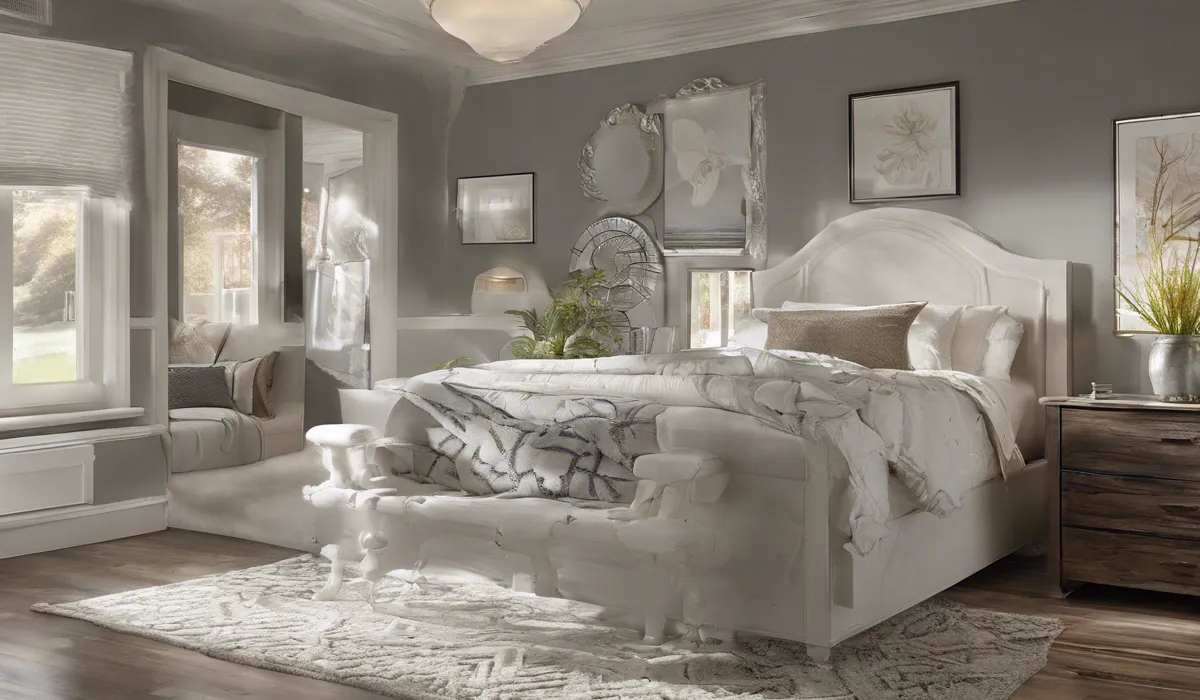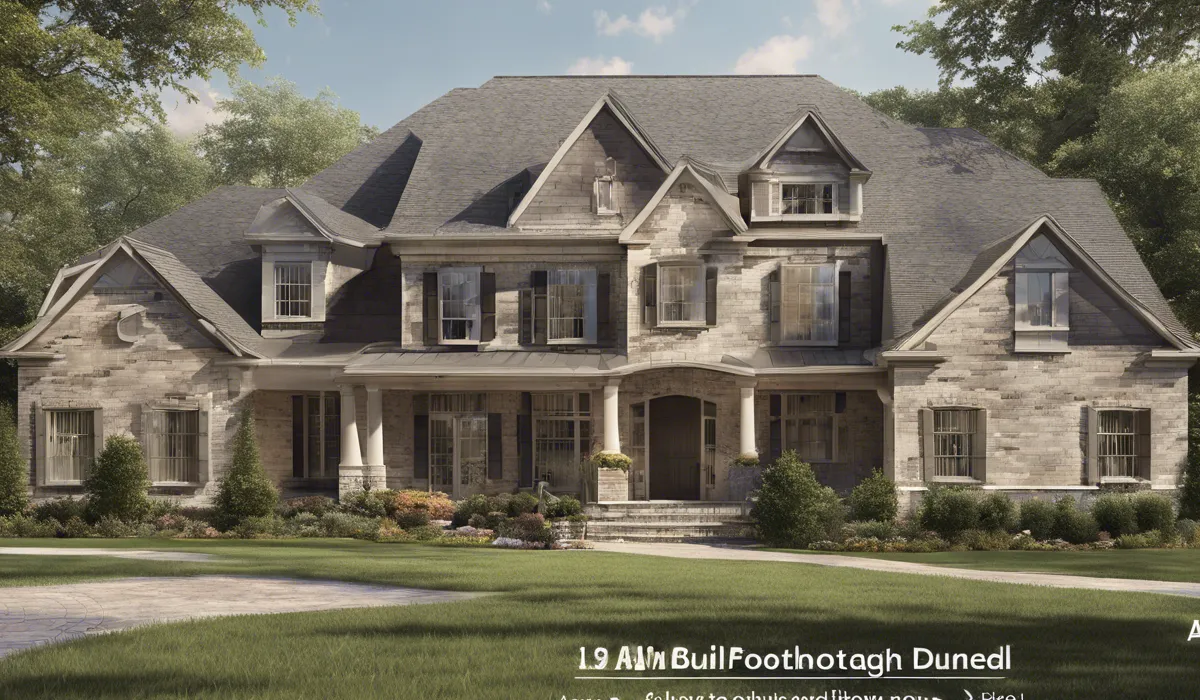To build a mold-free home, use mold-resistant construction materials, ensure proper ventilation, control humidity levels inside, and waterproof your foundation. Regularly inspect for leaks and address them promptly.
Understanding Mold and Its Causes

What is Mold and Why It’s Problematic?
Mold is a type of fungus that can grow almost anywhere there is moisture and organic material.
It reproduces by releasing spores into the air, which can be inhaled by people and pets, potentially causing health problems such as allergic reactions, asthma attacks, and other respiratory issues.
Mold is not only a health hazard but can also cause significant damage to your home by breaking down the materials it grows on.
Common Causes of Mold in Homes
Mold in homes typically arises from excess moisture. This moisture can come from various sources, including leaks in roofs, windows, or pipes, flooding, or condensation due to poor ventilation or high humidity levels.
Everyday activities like cooking, washing, and even breathing can also add to indoor humidity and contribute to mold growth.
Areas Prone to Mold Growth
Areas with poor ventilation and high moisture levels, such as bathrooms, kitchens, and basements, are particularly susceptible to mold growth.
Other common areas include around windows, beneath wallpapers, in carpeting, and in HVAC systems where moisture can accumulate without easy detection.
Designing for Mold Prevention

Materials and Construction Techniques That Resist Mold
To prevent mold in the long term, it’s crucial to use construction materials designed to resist mold growth.
These include mold-resistant drywall, paints with mold inhibitors, and moisture-resistant flooring options.
When building, techniques such as sealing all openings to prevent moisture intrusion and using vapor barriers can be highly effective in mold prevention.
Architectural Features That Reduce Moisture Accumulation
Designing a home with proper slope and drainage systems can prevent water from pooling around the foundation. Overhangs and proper gutter systems can direct rainfall away from the home’s structure.
Inside, creating designs that encourage airflow, such as strategically placed vents, can help keep moisture levels low.
Landscaping and External Factors Affecting Mold Growth
Landscaping can significantly impact a home’s vulnerability to mold. Plants and trees should be placed away from the home’s foundation to prevent moisture retention in the soil close to the home.
Additionally, ensuring the ground slopes away from the house can help water drain properly during heavy rains.
Maintaining a Mold-Free Environment

Ventilation and Humidity Control Strategies
Proper ventilation is key to preventing mold growth. Use exhaust fans in high moisture areas like bathrooms and kitchens to expel humid air.
Humidity levels should be kept between 30% and 50% inside the home. Dehumidifiers can be used in damp areas to help maintain this balance.
Routine Cleaning and Maintenance Tips
Regular cleaning can prevent mold spores from settling and growing. Clean and dry any wet areas within 48 hours to prevent mold from taking hold.
Check for leaks under sinks, in ceilings, and appliances like washing machines and refrigerators regularly and repair any issues promptly.
Mold Inspection and Early Detection Practices
Regularly inspect your home for signs of mold, which can include a musty smell, visible growth, or water staining.
Early detection means simpler, less costly removal. An inspection should be thorough, examining hidden areas where mold could grow unnoticed, such as behind drywall, in attics, or under carpets.
By integrating these strategies and being vigilant about moisture control, homeowners can create a living environment that is not only comfortable but also mold-resistant.
Remember, the key to a mold-free home lies in both the design and the ongoing maintenance.
The peace of mind that comes with knowing your home is protected from mold is well worth the effort in prevention and care.
FAQs About Building a Mold-Free Home
What materials can be used to construct a mold-resistant home?
To construct a mold-resistant home, use materials such as mold-resistant drywall, paints with mold inhibitors, and treated wood products designed to resist moisture and mold growth.
How does proper ventilation contribute to a mold-free home?
Proper ventilation helps to reduce moisture levels in the home, which in turn decreases the likelihood of mold growth by allowing damp air to exit and fresh air to circulate.
What are effective ways to control indoor humidity to prevent mold?
Controlling indoor humidity can be achieved by using dehumidifiers, ensuring bathrooms are well-ventilated, and using air conditioners during hot, humid weather to maintain humidity levels at or below 60%.
Why is waterproofing the foundation important for mold prevention?
Waterproofing the foundation prevents water from entering the home through the ground, which can create a damp environment conducive to mold growth.
How often should I inspect my home for leaks to prevent mold?
Regular inspections for leaks should occur at least annually or after any significant weather events that could cause damage to your home, allowing for prompt repair to prevent mold growth.
Final Thoughts
To ensure a mold-free home, it’s critical to use mold-resistant materials and maintain proper ventilation throughout the house.
Controlling indoor humidity and waterproofing the foundation are essential preventive measures.
Regular inspections to detect and promptly repair leaks are also vital for preventing mold growth and maintaining a healthy living environment.
